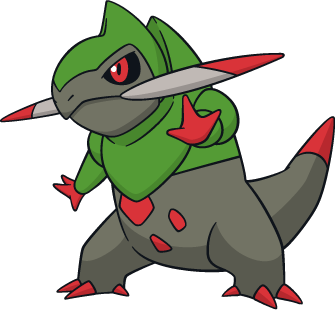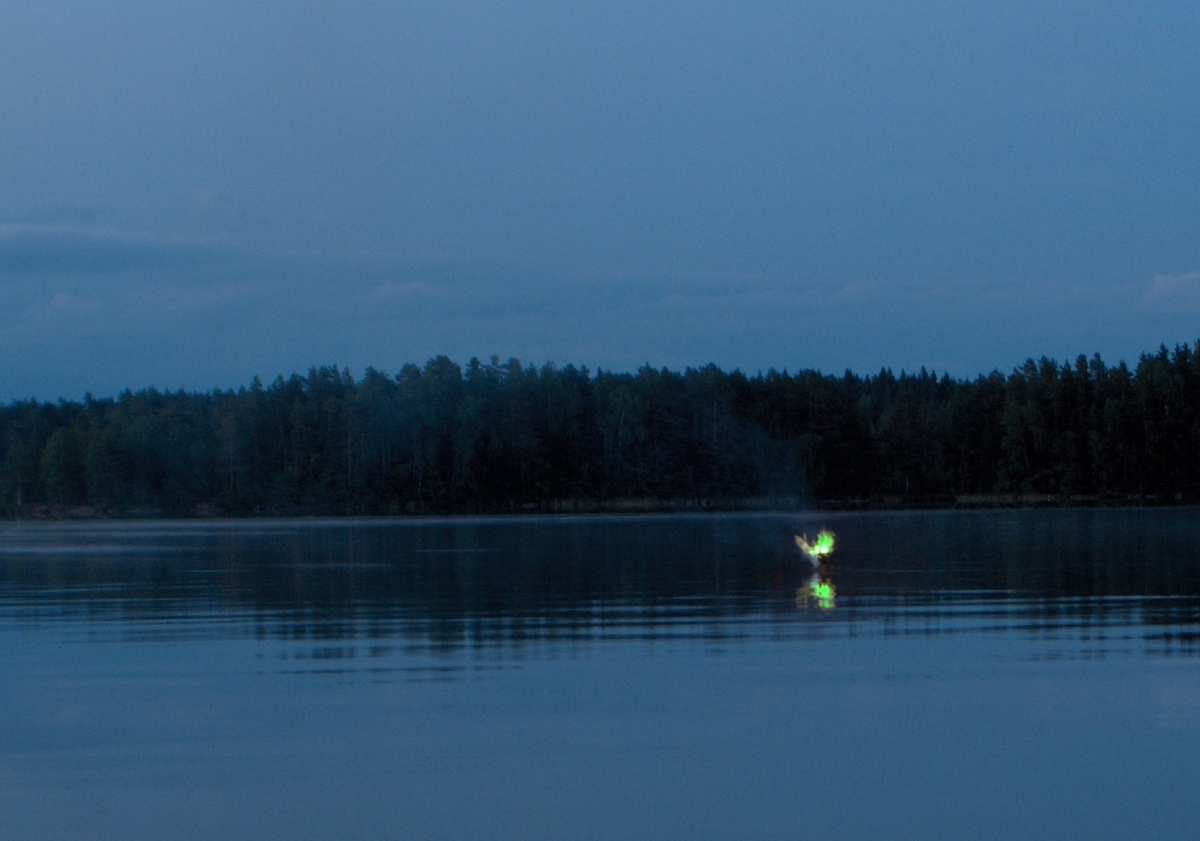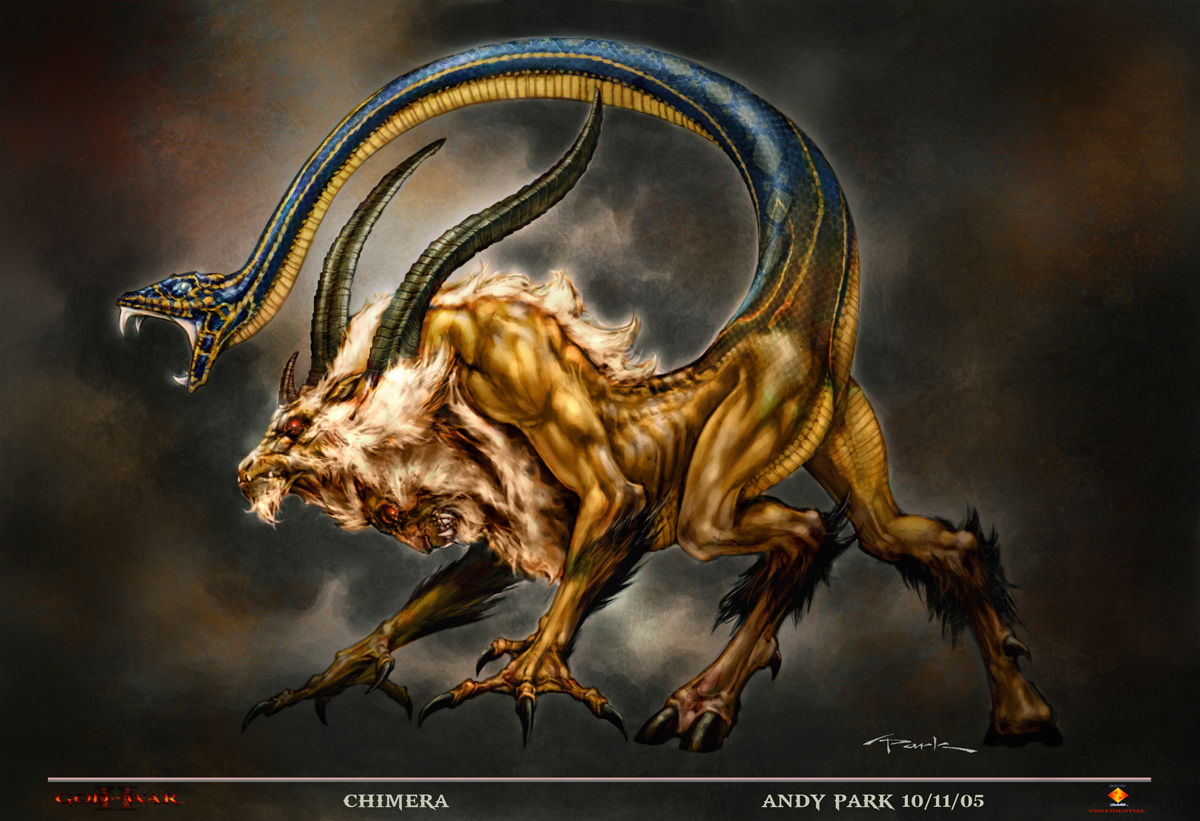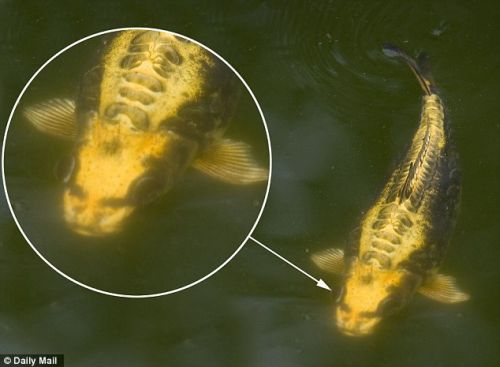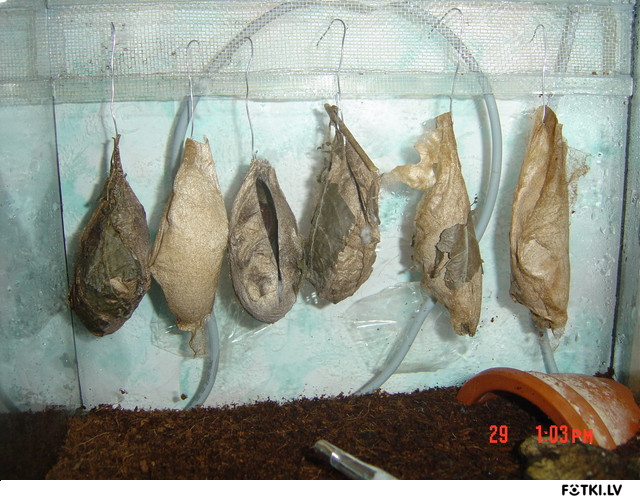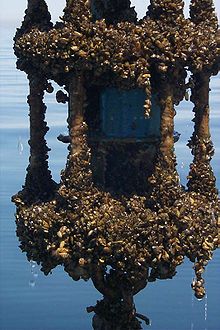Let me start by saying one thing: I do not hate dragons. Rather, I hate the bloated, child-friendly monstrosities they have become. The dragon mythos has been blown
so far out of proportion that it's both sad and funny. Instead of being menacing enemies, dragons have become the domesticated dogs of the fantasy industry. Just like how dog people claim that there's a dog for everyone, the fantasy industry churns out dragons so much that there is, in theory, a dragon for everyone. It has become clearer and clearer in modern entertainment that dragons are intended to be super-powered pets.
 |
| Case in point. |
To put things in perspective: I have asked people to define a dragon. The answers have ranged from "it has horns and wings and flies" to "furry wank." If even the fans cannot properly define a dragon, then who the hell
can tell what a dragon is and what it is not?
Enough about the crazy fans. Let's look at all the things that inspired the original dragon stories instead of the modern, fire-breathing pussycats the media have turned them into. That last sentence may have some basis in truth.
Dragons As Snakes.
The most obvious and widespread inspiration for the dragon is the snake. Although this may sound unbelievable at first, let's play a word game for a little bit. "Wyvern" is derived from "viper." "Zmey" is a feminine form of "zmaj," "snake." Finally, the English word "dragon" looks strikingly similar to the Greek "drakon," a word that means both "dragon" and "snake." Naja are usually depicted as snakes and have etymological similarities dictating such. Orochi, the major Japanese dragon, is "big snake," both literally and physically. Dragon-slaying is not universal. Snake-slaying is.
 |
| Dear Apollo: African Rock Pythons are mean, so by all means, kill this one if she bites you. |
The problem with slaying snakes is that not many of them are very big. Pythons, some boas, and cobras are the only truly giant snakes around. They are naturally exaggerated into big, scary monsters with even more venom, maybe even fire, even though small size and stealth is often what grants REAL snakes success! Christianity took this idea a step further by giving the snake wings, a spaded tail, and talons - kinda like Satan. Not that dragon fans will ever admit that their precious creatures were
deliberately designed to look hellish.
Eastern cultures are more accepting of the snake parallel than anyone pushing Western dragons. The Chinese dragon is frequently acknowledged as a composite beast, sometimes of the other 11 Chinese zodiac animals. One Chinese friend on Twitter told me that snakes are seen as "baby dragons." This gels with the Korean
imugi perfectly, but I refuse to make another
D-War reference here. Instead, there's another take on the Eastern dragon just as interesting as the deal with the serpent.
Dragons As Fish.
Eastern dragons, and it feels like only Eastern dragons, have deliberate traces of fish in their mythical lineage. Chinese, Japanese, and Korean dragons are more associated with water than fire, complete with an abyssal
palace of the Dragon God beneath the sea. Every now and then, some of his children wash up upon the beaches...

...or a carp, through its own determination, jumps over the Dragon Gate waterfall and becomes a dragon itself:

Eastern cultures are very big on dragons being fish. Fish touted as dragonfish (such as the arowana) are at least lucky and at most magical. Take a look at carp swimming upstream (they must be doing SOMETHING!), an arowana, or a beached oarfish to see where the inspiration came from.
Dragons As Mammals.
I'll give you a minute to clean up any soda you might have spit out upon reading that. K? Done? All right.
If one buys a book on dragons, one of the most surprising recurring concepts is that dragons are scaly mammals. This is not just
Dragonology stuff; one of the most prominent dragon artists in existence, Ciruelo, said the same thing in his own book on dragons.
At first, I thought this was BS as well. Then I realized exactly how much sense it made on a scientific level. Dragons are repeatedly depicted with mammalian traits such as external ears, differentiated teeth, and the vertical limb positioning of a carnivorid. Scales on mammals are totally possible (thanks, pangolin!).
People will usually admit some mammalian traits with Chinese and other Eastern dragons; they are less keen to admit the artistic inspiration for 90% of all Western dragons. Kudos to the Russian
zmey; it is one of the few dragons that gets reptilian limb positioning anywhere near right (consistently!).
 |
| This guy and Salamence have a very special bond. |
A lot of old art of Western dragons is of a serpentine creature (see blurb 1) traced over a pose common to a mammal or mammal hybrid. The most famous of these is the
classic image of Saint George slaying the dragon, which is so blatant a tracing of Bellerophon slaying the chimaera that people might call it plagiarism. Coincidentally, the chimaera one of the mythical creatures in that lore that breathed fire. Fancy that.
 |
| Every St. George image ever. |
Finally, dragons sport mammalian junk in numerous places. If you consider Mesopotamian Tiamat a dragon (which people seem to, regardless of how gryphonlike she looks), she had "lower parts that jiggle" - either a particularly fat belly or an actual udder. Your modern dragons are castrated. Have fun with that image.
 |
| Uncensored for your enjoyment. |
They don't look like they
move like reptiles at all. If dragons existed, they were even further away from reptiles than dinosaurs and other archosaurs.
Speaking of...
Dragons As Dinosaurs and Other Archosaurs.
Out of all the explanations above, the syncretization of dinosaurs and dragons has survived the test of popular culture. Dinosaurs and dragons are symbolically fused numerous times. Dinosaurs are almost mythical monsters like dragons, only we have skulls to
prove they existed.

As such, dinosaur and archosaur fossils are sometimes called "dragon bones." It is quite easy to picture an ancient person looking at a T-Rex skull, making up stories about what the creature was like and how he killed it. If you buy that some dinosaurs survived into the modern era, perhaps accounts of dragon-slaying were really dinosaur-slaying!
There are times when this parallel gets...murky, to say the least. In modern media, dragons have started to look like super-dinosaurs, and stylized dinosaurs have started to look like dragons. There are also some rather strange 'dragons' (Lati@s, I'm looking at you) which seem to prey on the flexibility of the word "dragon." The question of "just what IS a dragon, anyways?" is getting harder and harder to answer as it becomes yet another hot-button marketing word.





